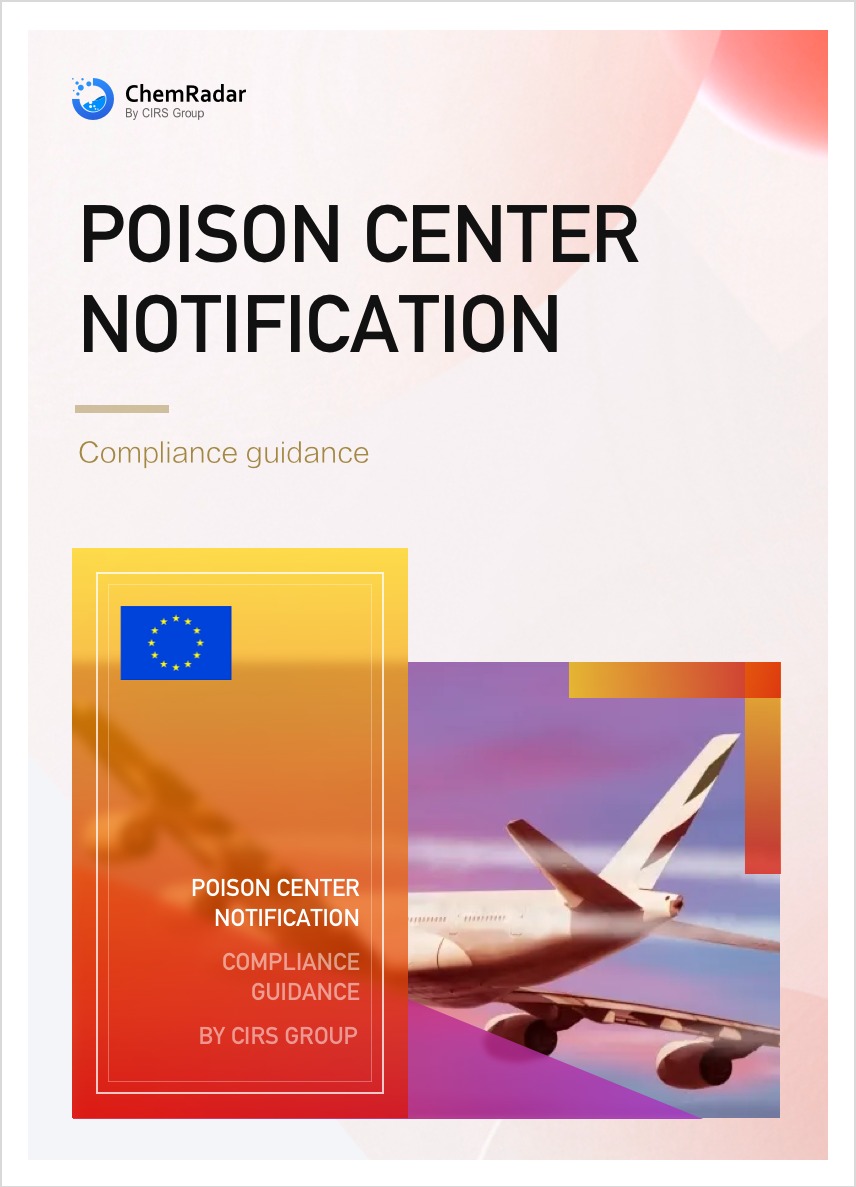ECHA Opens Public Consultation on OEL for Three Carcinogens
The European Chemicals Agency (ECHA) is seeking public input on proposed occupational exposure limits (OEL) for Anthraquinone (CAS No.: 84-65-1), N-(hydroxymethyl)acrylamide (CAS No.: 924-42-5), and Butanone oxime and Acetone oxime (CAS Nos.: 96-29-7 and 127-06-0). Feedback is welcome until September 16, 2024. Substance details are provided below.
Anthraquinone
Anthraquinone, key in dye and pigment production and an oxidant, is under ECHA review due to its classification as a category 1B carcinogen. The focus is on examining its usage and associated health risks.
N-(hydroxymethyl)acrylamide
N-(Hydroxymethyl)acrylamide, crucial in producing advanced polymers and coatings, also facilitates the manufacture of water treatment agents and super-absorbent resins. At the European Commission's request, ECHA is evaluating OEL for this category 1B carcinogen and mutagen. This assessment aims to update scientific data on its usage and health effects, guiding the EU in establishing effective occupational health protections.
Butanone oxime and Acetone oxime
Butanone oxime and acetone oxime enhance silicone's thermal stability and mechanical strength as essential cross-linking agents. Notably, 2-butanone oxime is classified as a Category 1B carcinogen. The ECHA is actively gathering data to evaluate its OEL and other related exposure metrics.
Next step
Pursuant to EU Directive 2004/37/EC, the ECHA will evaluate OEL for three chemicals to ensure their safe workplace use and prevent occupational illnesses.
After the evaluations, the ECHA will propose OEL recommendations to the European Commission and member states to assess the need for regulatory updates or new measures to enhance worker health protection. Additionally, they will develop risk management strategies to improve safety standards in European workplaces.
ECHA Holding a Public Consultation on CLH Proposals for 4 Chemical Substances
On August 12, 2024, the European Chemicals Agency (ECHA) began public consultations on the harmonized classification and labeling of four chemicals, each lasting 60 days.
The CLH process aims to standardize and clarify hazard information for carcinogens, mutagens, reproductive toxins, and respiratory sensitize across Europe. This includes assessing chemical hazards, proposing classifications and labels, seeking public input, and concluding with a review and recommendations from ECHA’s Risk Assessment Committee (RAC).
| Num. | Name | EC Num. | CAS Num | Hazard classes open for commenting | Start of consultation | Deadline for commenting |
| 1 | Chlorophacinone (ISO),2-[(4-chlorophenyl)(phenyl)acetyl]-1H-indene-1,3(2H)-dione | 223-003-0 | 3691-35-8 |
Acute toxicity – inhalation |
12/08/2024 | 11/10/2024 |
| 2 | dazomet (ISO); tetrahydro-3,5-dimethyl-1,3,5-thiadiazine-2-thione | 208-576-7 | 533-74-4 |
Physical hazards |
08/07/2024 | 06/09/2024 |
| 3 | fluroxypyr-meptyl (ISO); 1-methylheptyl [(4-amino-3,5-dichloro-6-fluoropyridin-2-yl)oxy]acetate | 279-752-9 | 81406-37-3 | Explosives Flammable solids Self-reactive substances Pyrophoric solids Self-heating substances Substances which in contact with water emit flammable gases Oxidising solids Corrosive to metals Acute toxicity - inhalation Acute toxicity - dermal Acute toxicity - oral Skin corrosion/irritation Serious eye damage/eye irritation Skin sensitisation Germ cell mutagenicity Carcinogenicity Reproductive toxicity Specific target organ toxicity-single exposure Specific target organ toxicity-repeated exposure Hazardous to the aquatic environment Hazardous to the ozone layer |
12/08/2024 | 11/10/2024 |
| 4 | hydrogen peroxide solution ...% | 231-765-0 | 7722-84-1 | Explosives Flammable liquids Oxidising liquids Self-reactive substances Pyrophoric liquids Substances which in contact with water emit flammable gases Corrosive to metals Acute toxicity Germ cell mutagenicity Hazardous to the aquatic environment |
12/08/2024 | 11/10/2024 |




